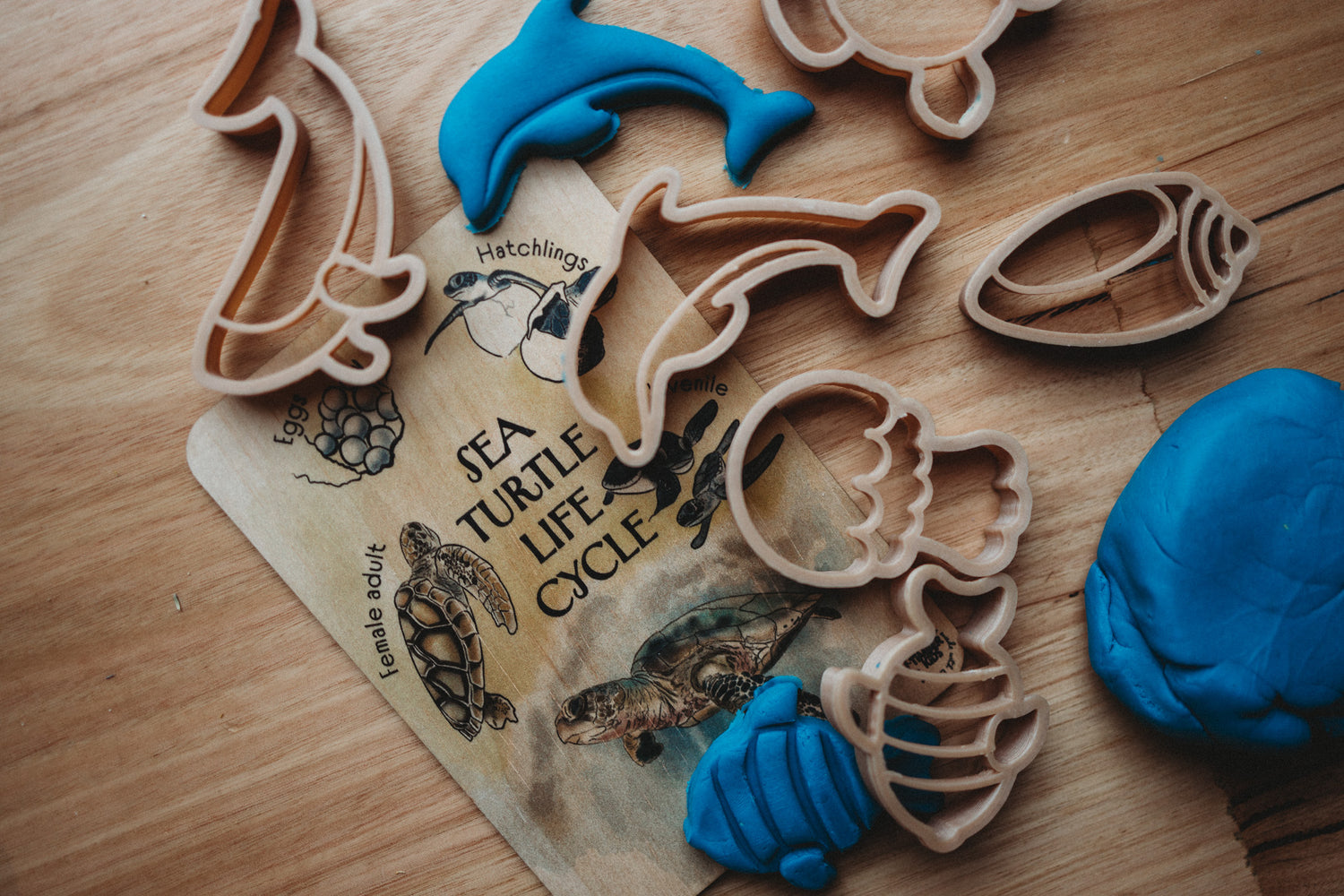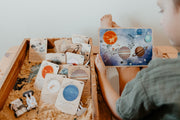Engaging the Senses: Why Multisensory Learning is the Future of Education

Multisensory learning is a term that sounds like it belongs in a textbook, but it's actually a teaching approach that's gaining popularity in classrooms around the world. It involves engaging students' senses, such as sight, sound, touch, and even taste, to enhance the learning experience. This method is not only effective but also incredibly fun and engaging for students of all ages.
Picture this: you're in a science class, and the teacher is explaining the concept of the water cycle. Instead of just talking about it, the teacher brings in a large glass container filled with water, a heat source, and some plastic cups. The teacher starts heating the water, and as it evaporates, the students can see the water vapor rise and condense on the lid of the container, forming droplets that eventually fall back into the water. As they watch, the teacher explains each step of the water cycle, using different sensory cues to help them understand and remember the process.
In another class, a language teacher is teaching students new vocabulary words. Instead of just giving them a list of words to memorise, the teacher has prepared a taste test. The students try different foods from around the world, each of which corresponds to a new vocabulary word. For example, when they taste sushi, the teacher explains the meaning of words like "nori" and "wasabi," and the students can associate these words with the taste and texture of the food. This multisensory approach not only helps students remember the vocabulary but also introduces them to new cultures and foods.
Multisensory learning can also benefit students with learning difficulties, such as dyslexia. For example, a reading teacher might use a multisensory approach to teach phonics, using tactile materials like sandpaper letters or a textured board to help students associate letter shapes with the sounds they represent. The teacher might also use a multisensory approach to teach sight words, incorporating visual aids like flashcards or videos, as well as auditory cues like songs or rhymes.
Even for students without learning difficulties, multisensory learning is a fun and engaging way to learn. In a math class, for example, the teacher might use manipulatives like blocks or counters to help students understand abstract concepts like fractions or decimals. By physically manipulating the objects, students can see and feel the relationships between numbers, making the concepts more concrete and easier to understand.
Multisensory learning is not just effective; it's also a lot of fun. By engaging multiple senses, students can learn in a way that's dynamic and engaging, which can make the learning experience more memorable and enjoyable. So the next time you're in a classroom, keep an eye out for the multisensory approach – you might just learn something new in a way you never expected!





